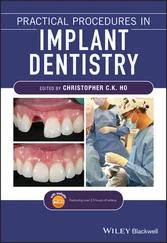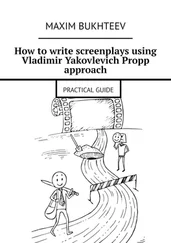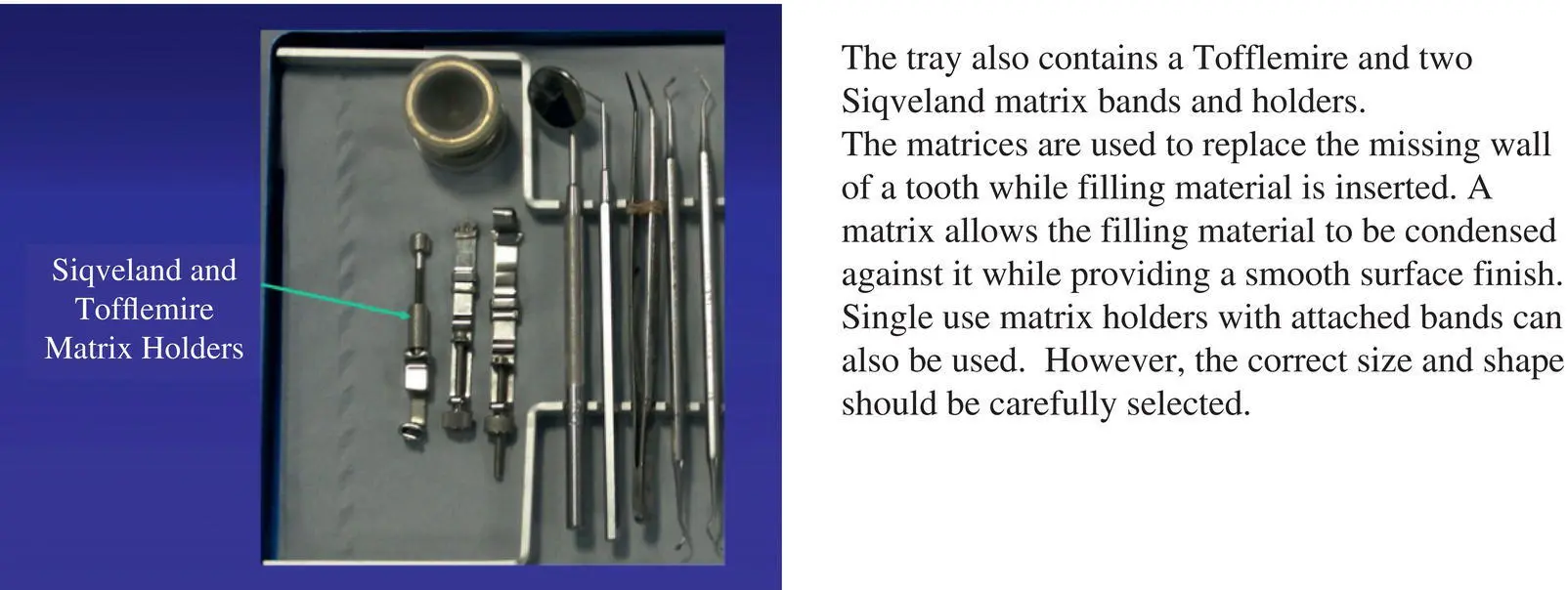

Handpieces and Burs
Air Turbine
The air turbine or air rotor handpiece is often referred to as the high‐speed drill because it rotates at around 400 000–450 000 rpm (see Figure 1.1). This is known as the free‐running speed, but when the dentist is actually cutting tooth structure it slows down to 250 000–300 000 rpm, and this is known as the cutting speed.
It operates using compressed air, which turns the turbine containing the bur. The first handpiece was designed by John Walsh and first produced commercially by Dr John Borden in the USA in 1950. The handpiece has two main parts:
The body through which the compressed air and water are channelled
The turbine that is contained within the head of the handpiece
The turbine is precision made and converts the compressed air into rotational energy. The fins arranged around its periphery are caught by the flow of compressed air and rotate the turbine within the head of the instrument. A bur is held within the central axis of the turbine, and this is then rotated as the turbine turns. The burs inserted into air turbines are known as friction grip burs. Many handpieces now have a fibre optic facility to shine light directly at the tooth being prepared.
Water is also channelled through the handpiece and sprays a mist onto the rotating bur. This has the effect of cooling the bur and the tooth being cut as well as flushing away the cut debris. It is vital that routine maintenance is performed on all handpieces to ensure they are free from abrasive particles that can cause wear in the turbine and allow it to vibrate. Nowadays cleaning and lubrication can be performed in automated machines. The use of a regular maintenance programme will greatly extend the life of these expensive handpieces.
 Video 1.1
Video 1.1
These are often referred to as slow‐speed handpieces and are used for removing caries or refining the margins of a cavity. These handpieces require a motor to drive them. This can be an air driven motor or an electric version. The resultant speed of rotation differs between the two with an air motor providing a rotational speed of about 6000 rpm, whereas an electric version can rotate at speeds up to 40 000 rpm. The speed of electric motors can be controlled by rotating a ring at their lower end (see Figure 1.2).

Figure 1.1 The air turbine handpiece is well balanced and operates in excess of 400 000 rpm. It is driven by compressed air that passes over the blades of the turbine and rotates them.

Figure 1.2 An air driven or electric motor can be used to drive the slower‐speed handpieces. These can be either straight or contra‐angled, and both are designed to be easily held by the operator.
The handpiece connects over the motor shaft and is held in place with a locking device. Both straight and contra‐angled handpieces are available. A handpiece with one of more bends in the body allows the bur to lie at an angle to the shaft and is known as a contra‐angled handpiece. This allows the bur access to less accessible areas of the mouth. The burs are held within the head of the handpiece by mechanical means and are known as latch grip burs. The body of the handpiece contains a series of gears and is available in a number of versions: speed reducing (4 : 1), speed increasing (1 : 10), and direct (1 : 1).
The torque available with a motor driven handpiece is greater than that of an air turbine, but the speed is lower. In some countries, there is a preference for using a speed increasing handpiece on an electric micromotor because this can produce a speed of nearly 400 000 rpm but with much greater torque than is available with an air turbine. The disadvantage is that there is greater vibration experienced by the patient and a greater potential for rises in pulpal temperature.
A dental bur is a type of bur or rotary cutter used in a dental handpiece (see Figures 1.3and 1.4). The burs can be made from steel or tungsten carbide or may be diamond coated. The three parts to a bur are the head, the neck, and the shank.
The heads of steel and tungsten carbide burs contain the cutting blades that remove material. These blades may be positioned at different angles to change the property of the bur. More obtuse angles improve the strength and longevity of the bur, whereas more acute angles produce a sharper blade. Additional cuts across the blades of burs were added to improve their cutting efficiency, but their benefit has been minimised with the advent of high‐speed handpieces. These extra cuts are called crosscuts.
The heads of other commonly used burs are covered in a fine diamond grit, which has a similar cutting function to blades but actually abrades the tooth structure and generates more heat.
There are various shapes of burs that include round, inverted cone, straight fissure, tapered fissure, and pear shaped burs.

Figure 1.3 A range of steel single use burs for intra‐coronal use are shown. In addition, a range of stones and impregnated rubber points are present to smooth and polish restorations.

Figure 1.4 A range of friction grip burs for intra‐coronal and extra‐coronal use. The examples shown are all coated with industrial diamond to make the surface rough and abrade the tooth structure. Similar designs are available made from tungsten carbide that will cut the tooth structure.
Due to the wide array of different burs, numbering systems to categorise them are used and include a US numbering system and a numbering system used by the International Organisation for Standardisation (ISO).
The speed at which these burs operate makes them behave very differently. A bur in an air turbine handpiece will produce a smooth cut with ease, but there will be a high pitched whine while it is operating. A slow‐speed bur may be quieter but will produce a courser cut with a lot more vibration experienced by the patient. It is important to check that the bur is running in a clockwise direction, otherwise the flutes will not engage the tooth structure.
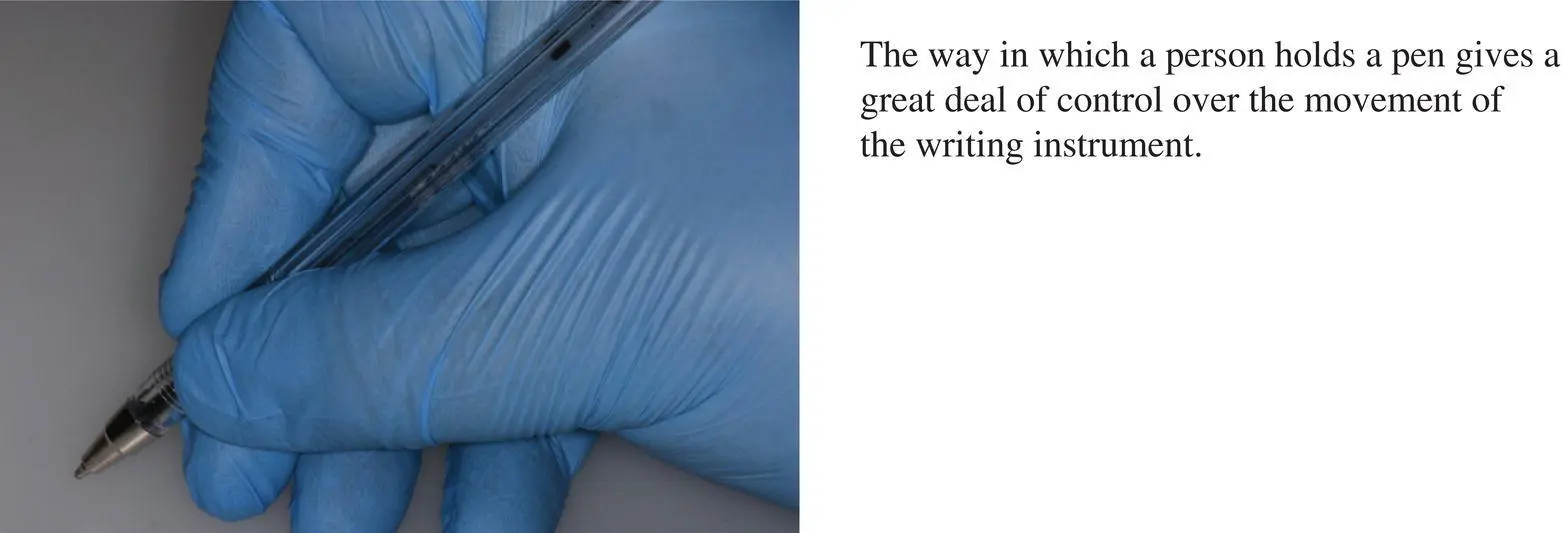
Figure 1.5 Handpieces are held using the pen grip to exert maximum control of the instrument.
Читать дальше
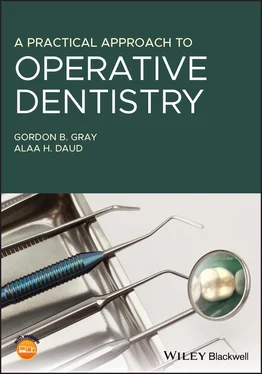


 Video 1.1
Video 1.1







